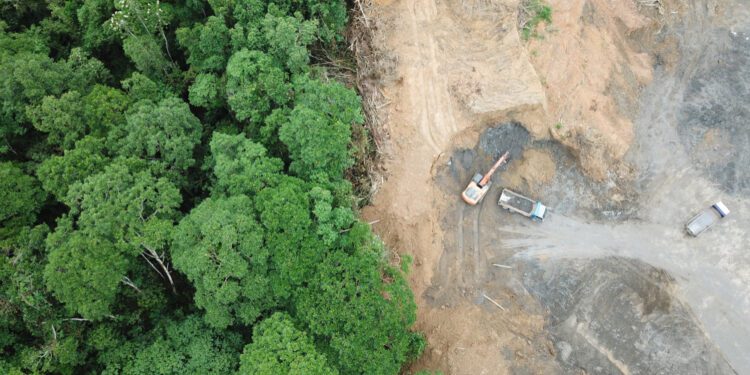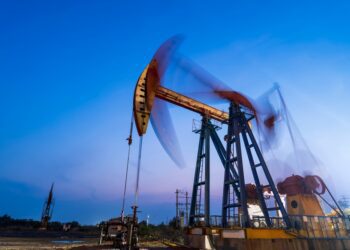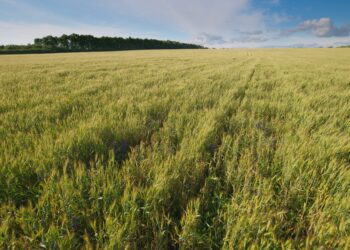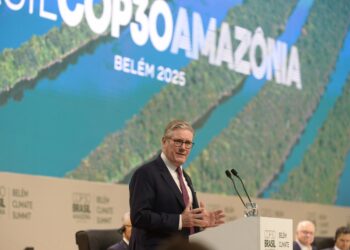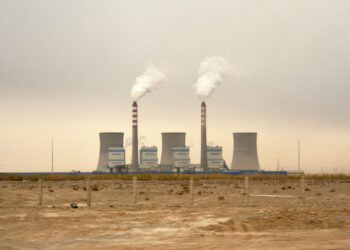The world’s tropical forests, which provide a crucial buffer against climate change, disappeared faster than ever recorded last year, new satellite analysis suggests.
Researchers estimate that 67,000 sq km (26,000 sq mi) of these pristine, old-growth forests were lost in 2024 – an area nearly as large as the Republic of Ireland, or 18 football pitches a minute.
Fires were the main cause, overtaking land clearances from agriculture for the first time on record, with the Amazon faring particularly badly amid record drought.
There was more positive news in South East Asia, however, with government policies helping to reduce forest loss.
Tropical rainforests store hundreds of billions of tonnes of carbon in soils and woody trunks. But this new global record raises further questions about their resilience on a warming planet.
Many researchers are concerned some forests, such as parts of the Amazon, may be approaching a “tipping point”, beyond which they could fall into irreversible decline.
“The tipping point idea is, I think, increasingly the right one,” said Prof Matthew Hansen, co-director of GLAD laboratory at the University of Maryland, which produces the data.
Prof Hansen described the new results as “frightening”, and warned of the possible “savannisation” of the rainforest, where old-growth tropical forests die back and permanently switch to savanna.
“It’s still a theory, but I think that that’s more and more plausible looking at the data.”
A separate study, published last week, made a similar warning of possible significant dieback of the Amazon if global warming exceeds the international target of 1.5C.
This would not only threaten the vibrant array of wildlife living in these most biodiverse habitats, but would also have serious ramifications for the global climate.
Until recently, the Amazon had been doing humanity a favour, absorbing more planet-warming carbon dioxide (CO2) than it released.
But the burning of these forests emits huge amounts of CO2 – adding to warming rather than limiting it.
In 2023-24, the Amazon experienced its worst drought on record, fuelled by climate change and the natural warming El Niño weather pattern.
Many fires are started deliberately to clear land for agriculture, making it difficult to disentangle the two.
But the drought provided ideal conditions for fires to spread out of control, with Brazil and Bolivia most badly affected.
Read the full story by Mark Poynting and Esme Stallard / BBC

